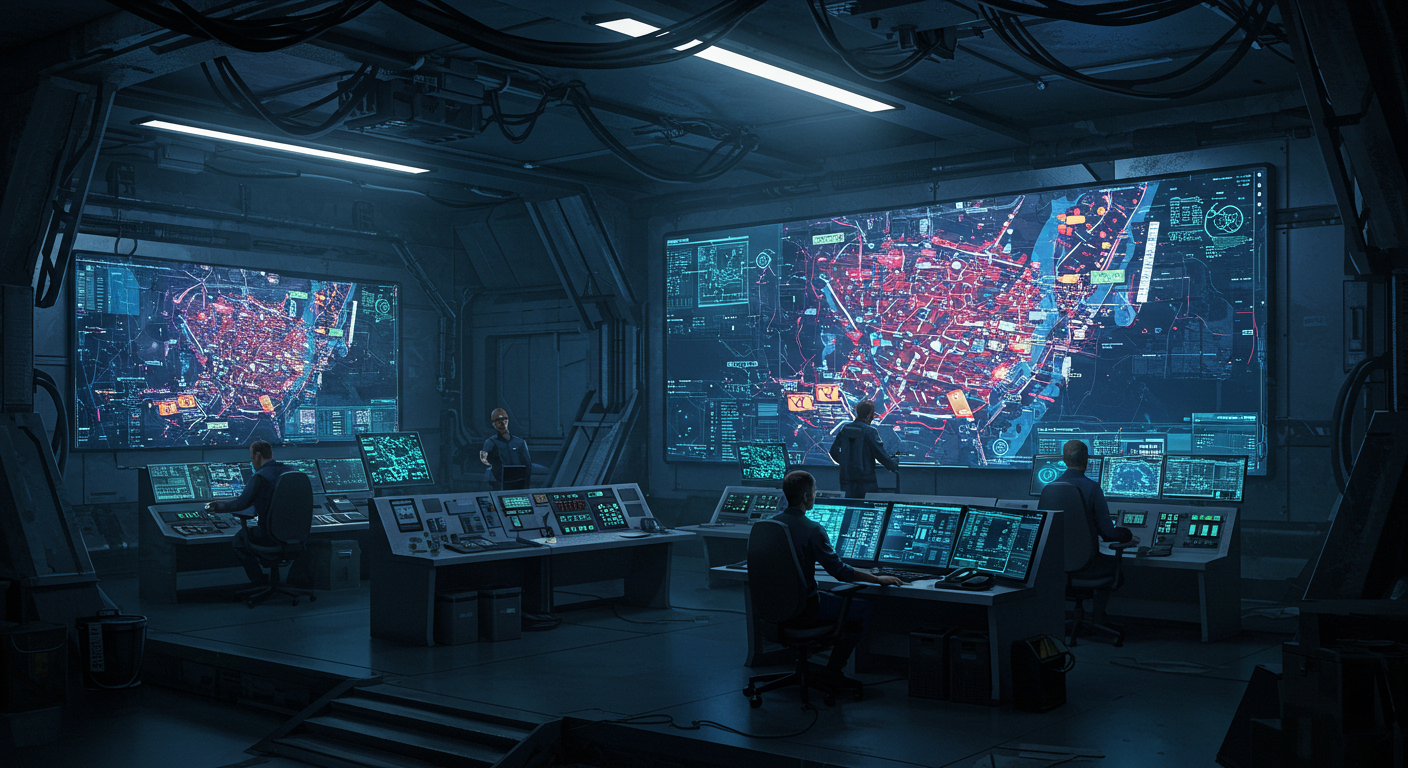As you walk through the streets of a bustling metropolis, you don’t see the hands guiding traffic lights, the eyes monitoring water pressure beneath your feet, or the minds balancing energy grids in real time. All of this unfolds in spaces that never appear on Google Maps — yet they draw the invisible blueprint of urban life with astonishing precision.
Control rooms are the hidden cartographers of modern civilization. They are the silent brains that ensure lights turn on, water flows, trains arrive on schedule, and networks stay alive. Inside these rooms, paper maps are relics. Instead, dynamic digital landscapes stretch across walls of screens — living, breathing representations of infrastructure most citizens never think about. These maps show not just geography, but vitality: transformer temperatures, pipeline pressures, traffic densities, air quality indexes — all updating by the second.
The design of these spaces is not decorative — it is diagnostic. Where screens are placed determines how quickly an anomaly is spotted. How control panels are arranged dictates how swiftly a response is executed. Even the color of a wall is chosen not for style, but for its psychological effect on operators during 12-hour shifts. This is architecture with a mission — to translate complexity into clarity, chaos into control.
Cities are no longer built only of steel and concrete. They are built of data — and someone must read it. Someone must interpret the silent language of sensors, the whispered warnings of algorithms, the urgent cries of overloaded circuits. That “someone” sits in a chair you’ve never seen, in a room you’ve never entered, making decisions that ripple invisibly through your daily life.
What makes these rooms extraordinary is not their technology — though it is advanced — but their humanity. Machines collect the data, but humans give it meaning. They see not just numbers, but stories: the story of a neighborhood overheating, the story of a subway line nearing capacity, the story of a water main about to burst. And they respond — not with panic, but with practiced calm.
These rooms are the unsung orchestrators of urban harmony. They don’t seek recognition. They seek reliability. They don’t want applause. They want normalcy — the quiet hum of a city functioning as it should. And when they succeed, you never notice them. That’s the point. Their greatest achievement is your uninterrupted day.
So next time you flip a switch, board a train, or turn on a tap, remember: somewhere, in a room without windows, a map you’ll never see is being redrawn — just for you.

